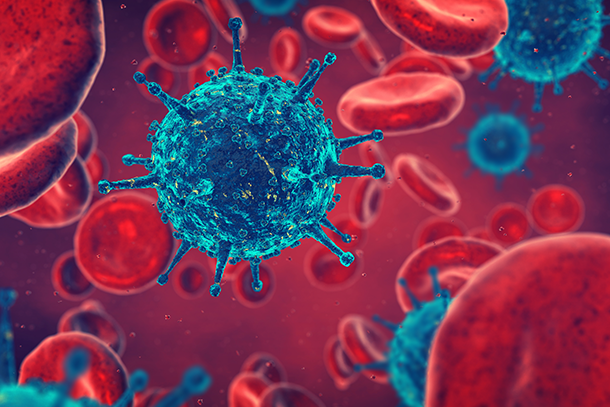College of Medicine part of University project on antibacterial uses of plasma medicine

As interest in the application of plasma medicine — the use of low-temperature plasma (LTP) created by an electrical discharge to address medical problems — continues to grow, so does the need for research advancements proving its capabilities and potential impacts on the health care industry. Across the world, many research groups are investigating plasma medicine for applications including cancer treatment and the accelerated healing of chronic wounds, among others.
Researchers from Penn State’s College of Engineering, College of Agricultural Sciences and College of Medicine say direct LTP treatment and plasma-activated media are effective treatments against bacteria found in liquid cultures. The researchers also say they have devised a unique way to create plasma directly in liquids.
The team, which comprises engineers, physicists, veterinary and biomedical scientists and medical professionals, is using an atmospheric-pressure plasma jet to use room temperature — “cold” — plasma to treat bacteria. Christopher Siedlecki, professor of surgery in the College of Medicine and professor of Biomedical Engineering in the College of Engineering, was part of the team. Results from the group’s work were published in February 2020 in Scientific Reports.
In addition, due to the recent novel coronavirus pandemic, the team is exploring the use of LTP for sterilization of personal protective equipment for health care workers and in ventilators. Learn more about Penn State’s Manufacturing and Sterilization for COVID-19 (MASC) initiative here.
Read more in this Penn State News story.
If you're having trouble accessing this content, or would like it in another format, please email Penn State Health Marketing & Communications.
